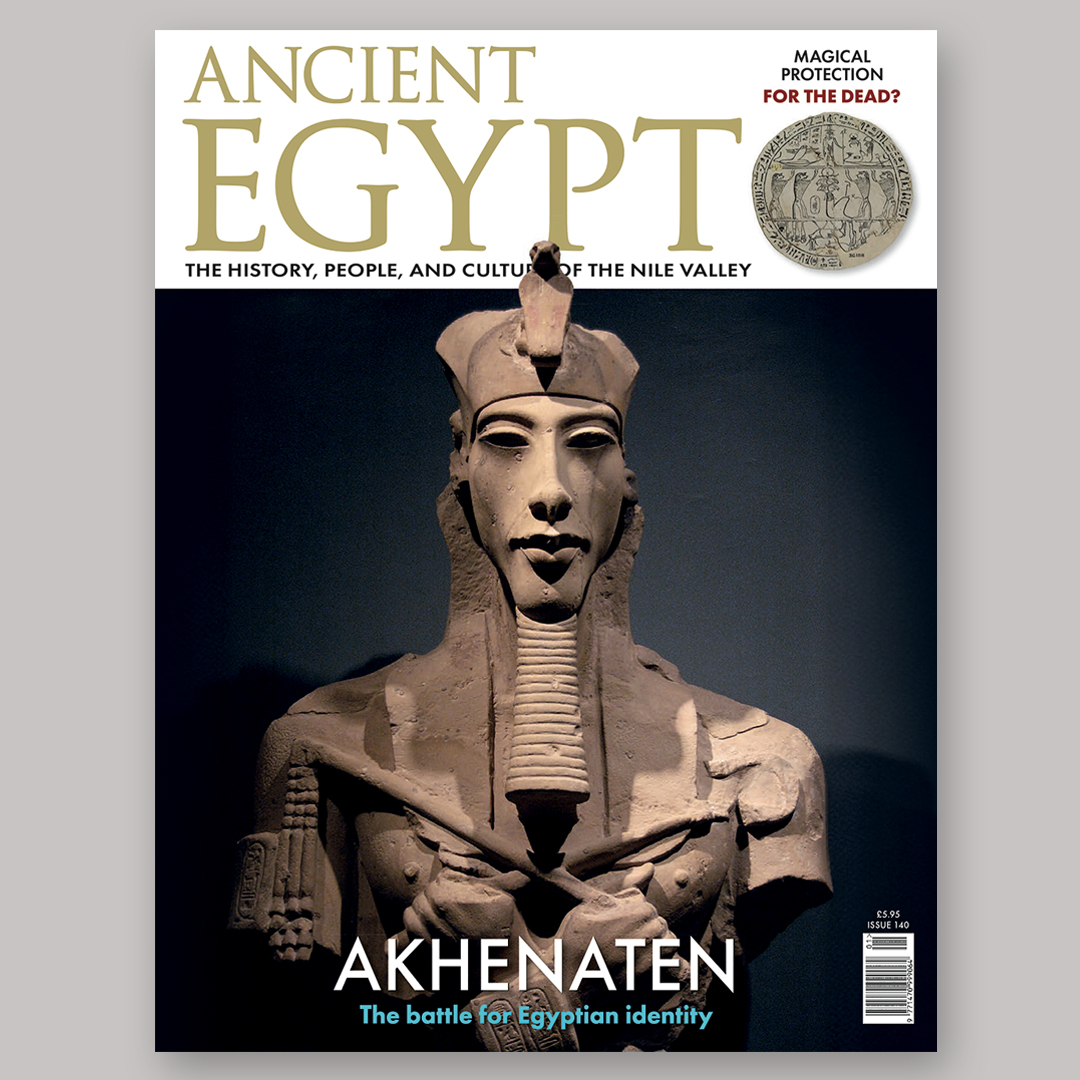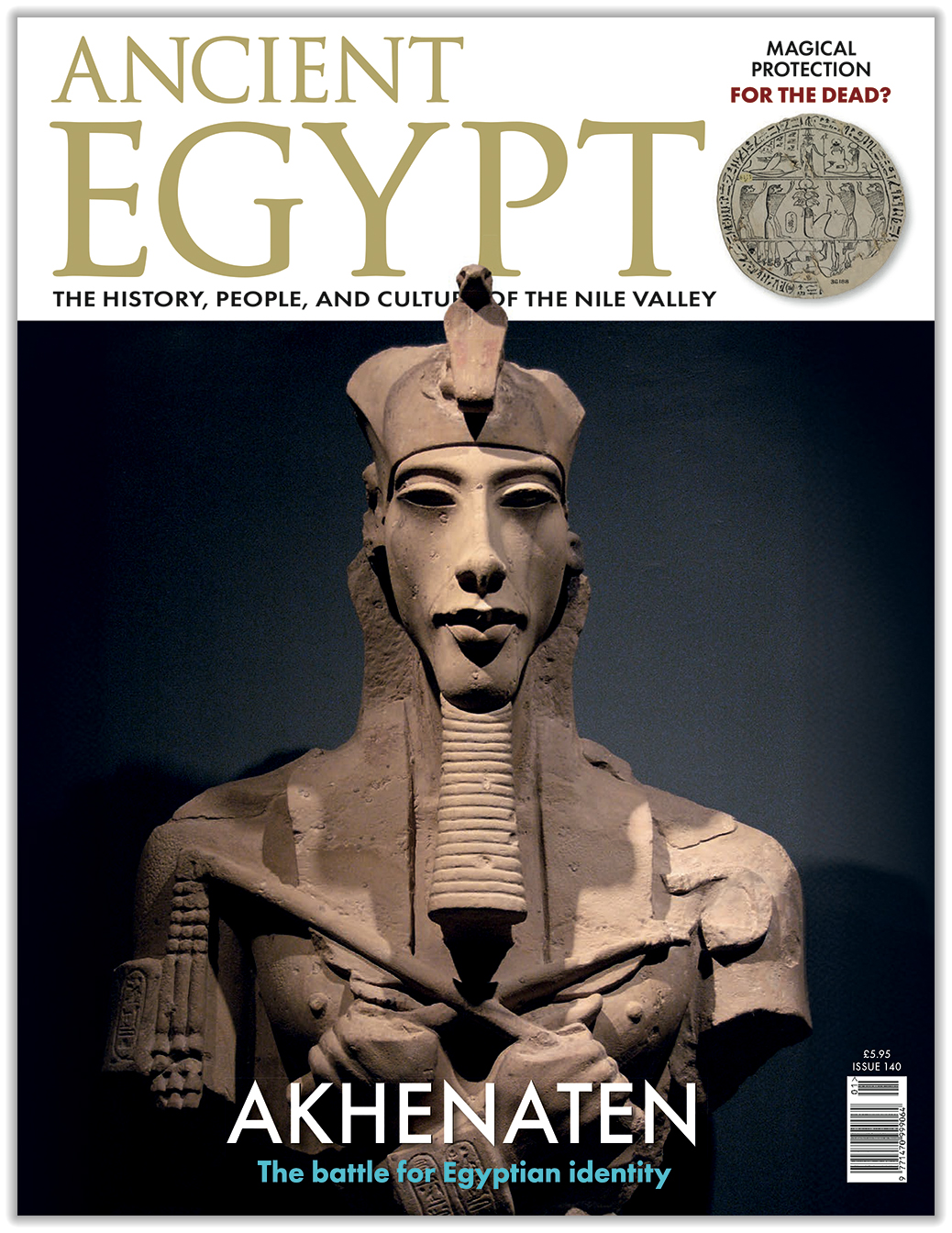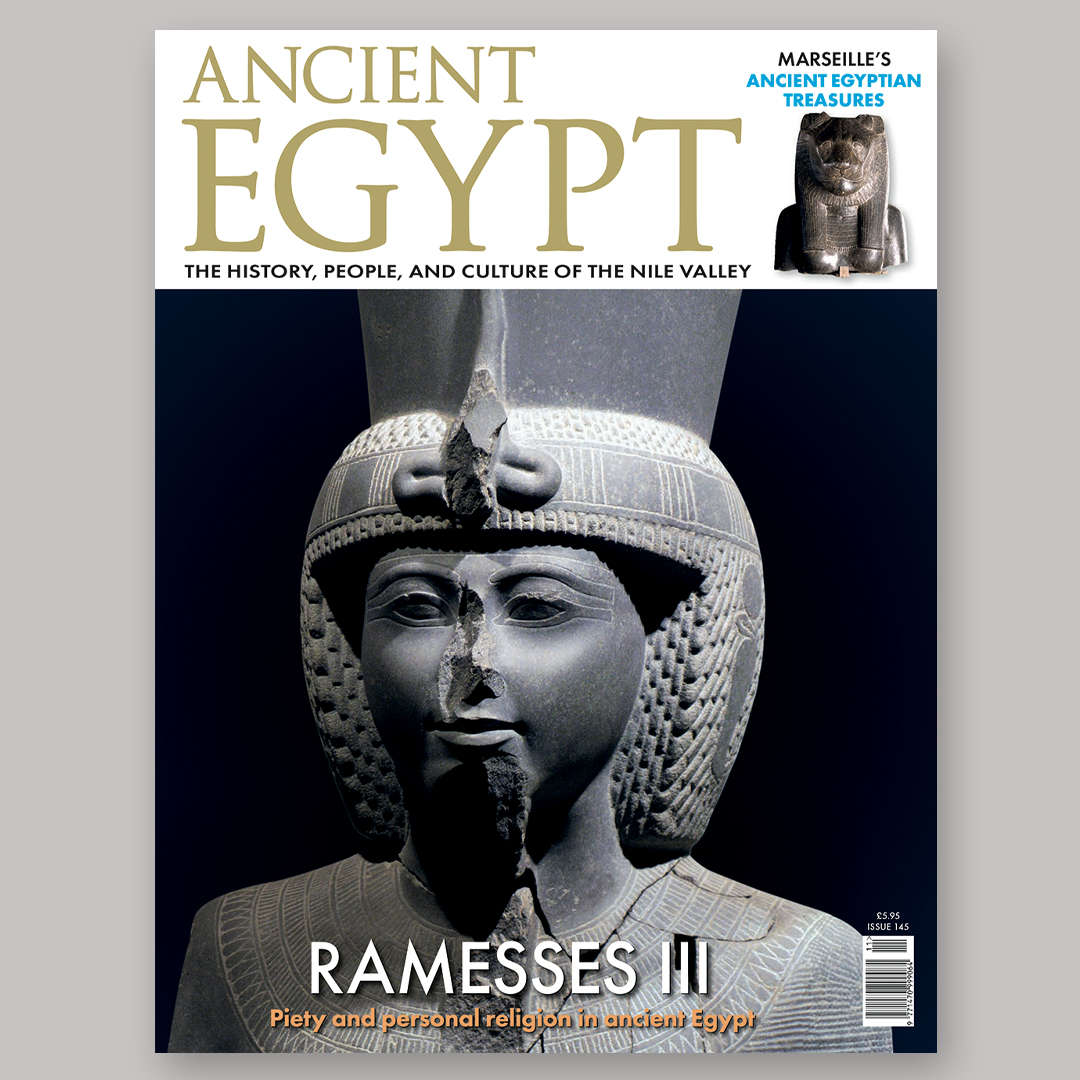AE 140 - Jan / Feb 2024

Egyptology, like all the sciences, is constantly evolving as new discoveries are made and old theories are disproved. But it is also influenced by the prevailing mood and fashions of the time, and by the motives of those making the discoveries. Several of the articles in this issue illustrate this point.

The theory proposed by Charles Piazzi Smyth, as outlined in John Taylor’s article, that all the dimensions of Khufu’s Great Pyramid were multiples of a ‘pyramid inch’ were accepted by many at the time. Smyth, despite his sound scientific training as an astronomer, also believed that the inch was a Godgiven measurement, handed down through the centuries from the time of Noah’s son Shem, and that the pyramid itself could only have been built by the Hebrews, with divine help.

When in 1909 Howard Carter discovered a mummy wrapped in a bag-tunic, he discarded the body but kept the garment. Nowadays, the body would have been subject to extensive forensic examination, but at least the tunic was saved, as Rachel Cotton tells us. Previous generations of excavators, interested only in precious metals and beautiful artefacts, would have destroyed both the body and the tunic.
By founding the KNH Centre for Biomedical Egyptology at the University of Manchester, Rosalie David OBE established an entirely new branch of the subject, and in this issue she and Roger Forshaw summarise one aspect of their research: surgery in ancient Egypt.

Of course, there are some pharaohs who will always attract attention, and one is Akhenaten. Jason S Whitmarsh analyses the ways in which the ‘heretic pharaoh’ undermined the entire belief system of his country, and the impact this had on his people.




